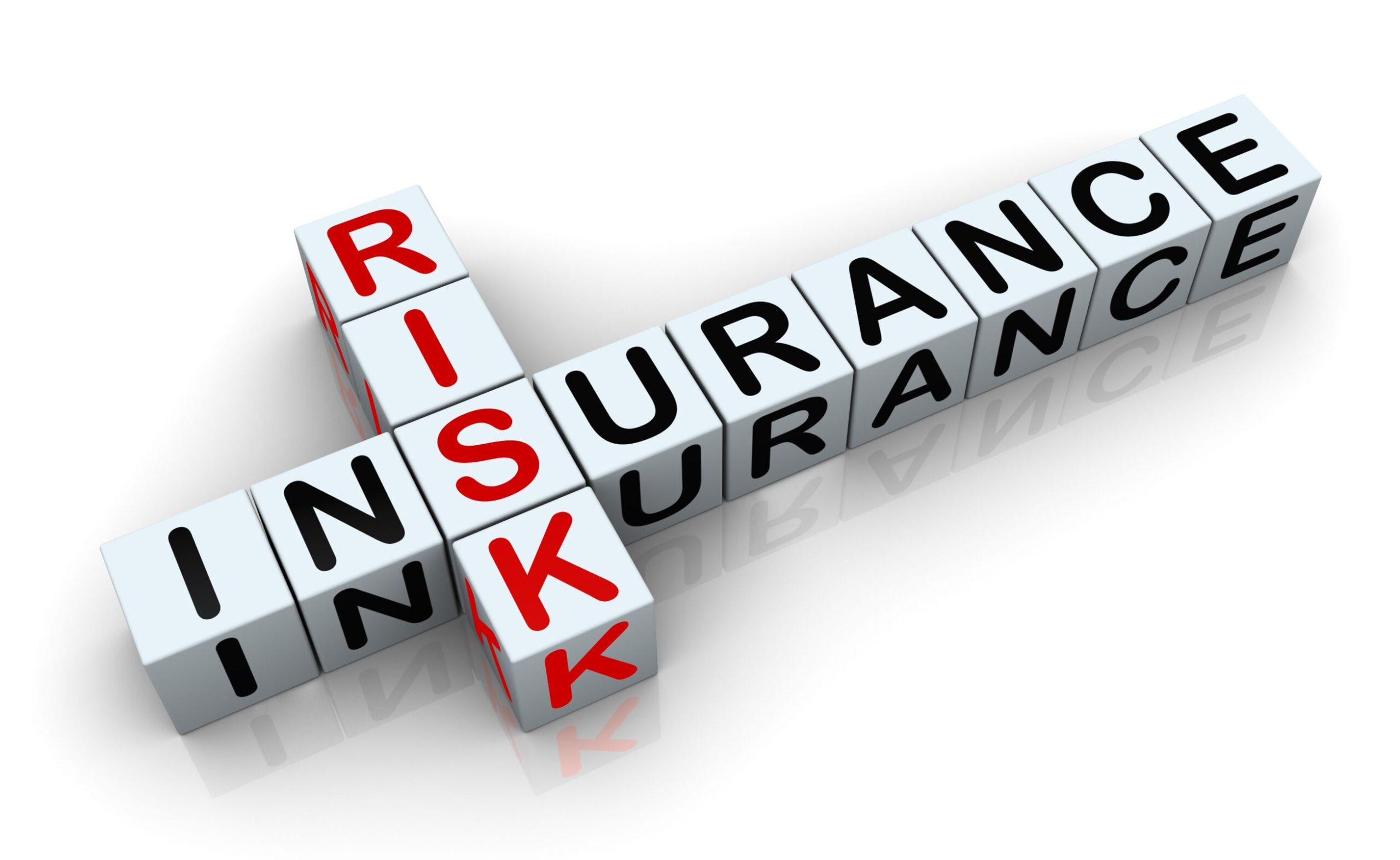6 Elements of Insurable Risks

Last Updated on by Daniel Lawrence
Insurance is a crucial aspect of modern life, providing individuals and businesses with financial protection against unforeseen events. However, not all risks are insurable, and insurers carefully assess various factors before offering coverage. To better grasp the intricacies of insurance, it’s essential to understand the elements that make a risk insurable. In this blog post, we’ll delve into the key components that insurers consider when evaluating risks.
Understanding the Elements of Insurable Risks: A Comprehensive Guide

- Fortuitous Loss:
One fundamental element of an insurable risk is that the loss must be fortuitous, meaning it must occur by chance and not be deliberately caused. Insurers are in the business of mitigating unforeseen events, not intentional acts. This element ensures that insurance is designed to protect against unexpected and uncontrollable circumstances.
- Definite and Measurable:
Insurable risks must be definite and measurable in terms of time, place, and amount. This criterion allows insurers to clearly define the scope of coverage and determine the extent of the loss. Ambiguity or uncertainty in the description of the risk may lead to challenges in assessing and settling claims.
- Calculable Probability:
Insurers rely on probability and statistical models to assess risks and set premium rates. Therefore, an insurable risk should have a calculable probability of occurrence. Actuaries use historical data, scientific studies, and other relevant information to estimate the likelihood of a particular event happening. This helps in determining appropriate premiums that reflect the risk involved.
- Reasonably Affordable Premium:
For an insurance policy to be practical, the premium must be reasonably affordable for the majority of potential policyholders. If the cost of coverage is prohibitively high, it defeats the purpose of insurance as a risk management tool. Insurers aim to strike a balance between offering comprehensive coverage and maintaining affordability for their clients.
- Homogeneous Exposure Units:
Insurable risks are often grouped into homogeneous exposure units, which allows insurers to apply the law of large numbers. This principle states that the larger the number of similar risks, the more accurately insurers can predict the overall loss experience. Homogeneous exposure units help in creating a balanced and diversified portfolio, reducing the impact of adverse events.
- Adverse Selection Mitigation:
Insurers face the challenge of adverse selection, where individuals or businesses with higher risk are more likely to seek insurance coverage. To counteract this, insurers may use underwriting criteria to assess the risk profile of applicants. This helps in maintaining a balanced risk pool and prevents the concentration of high-risk policyholders.
Conclusion
Understanding the elements of insurable risks is crucial for both insurers and policyholders. Insurable risks form the foundation of a functional and sustainable insurance industry, providing individuals and businesses with the confidence to navigate uncertainties. As the landscape of risks continues to evolve, insurers will adapt their underwriting practices to ensure the effective management of insurable risks in the ever-changing world.